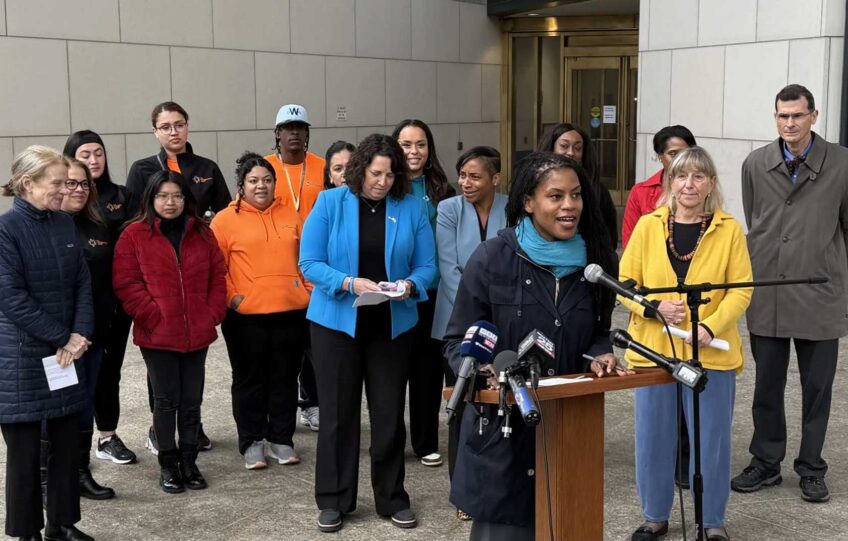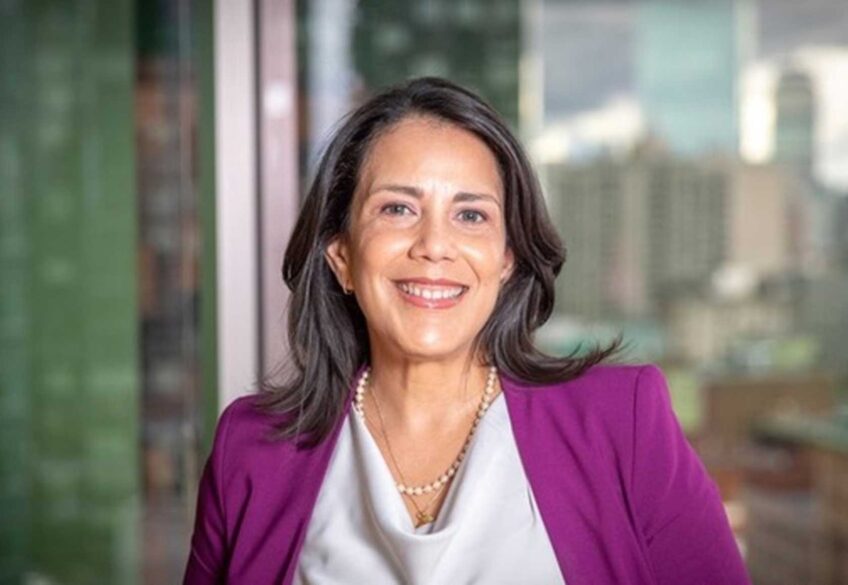
Mayor Martin Walsh has released the city’s first affordable housing report, detailing Boston’s 54,247 income-restricted housing units.
The inventory, the first ever to be produced, titled “Income-Restricted Housing in Boston,” was issued by the Department of Neighborhood Development (DND) Nov. 8 and shows that almost 20 percent of the city’s housing stock of 282,986 units is income-restricted. Further analysis reveals that most of these units are in the South End and Lower Roxbury neighborhoods, where 48 percent of units are income-restricted, and in the rest of Roxbury this unit type accounts for 45 percent of the housing stock.

Built under the Department of Neighborhood Development’s Neighborhood Homes Initiative, this single family on Trull Street in Dorchester is deeded affordable for the next 50 years. Banner Photo
“Creating more affordable housing and preserving Boston’s more than 54,000 income-restricted units are top priorities for my administration, and are a driving force behind our housing goals,” said Walsh in a statement released by his office last week.
“This report helps us understand how many income-restricted units there are, where they are, and to whom they are affordable, all important information as we work to increase affordable housing opportunities in our neighborhoods,” he said.
Two-thirds of Boston’s 54,247 income-restricted housing units are affordable for households earning less than 50 percent of Area Median Income (AMI). Twenty-one percent of units are affordable for tenants earning between 51 and 60 percent AMI, 8 percent for households making 61 to 80 percent AMI, and 2 percent for those earning 80 percent or above AMI. Some households also use tenant-based vouchers to subsidize housing even further.
Revised targets
The report follows the mayor’s announcement in September that the city’s housing target will be increased from 53,000 to 69,000 new units, as laid out in Walsh’s revised Boston 2030 plan. This includes an additional 15,820 income-restricted units, 1,000 of which, according to last week’s report, will be purchased from the private market and converted to income-restricted housing under the Acquisition Opportunity Program.
“The positive effects that living in income-restricted housing has had on generations of Bostonians is real and long-lasting, and must be available in the future,” said Vanessa Calderón-Rosado, CEO of Inquilinos Boricuas En Acción and co-chair of the mayor’s Housing Task Force, in last week’s statement.
Acknowledging the concentration of income-restricted housing in certain neighborhoods, Calderón-Rosado said, “We’re proud that 48 percent of all the housing in the South End and Lower Roxbury is income-restricted, and are committed to maintaining and increasing that percentage.”
The inventory includes public housing owned by the Boston Housing Authority (BHA), private housing constructed with financial support from the DND and homes built on former city-owned land, as well as privately-owned housing built without city subsidies but that may have benefited from tax credit programs, for example Low-Income Housing Tax Credits (LIHTC).
In a breakdown of rental versus ownership income-restricted units, the report reveals that 95 percent of the 54,247 income-restricted homes are rentals, while only five percent are ownership units. The report says demand for rental properties by low- and middle-income households, as well as more available funding for the development of rental properties, explains this divide.
The report does not include the more than 16,000 additional tenant-based, also known as “mobile,” vouchers that low-income residents use to subsidize rent. They are not tied to a particular property and may be moved as tenants relocate. Some residents living in income-restricted housing also use mobile vouchers to pay for rent in what the report referred to as a “doubling-up of subsidies,” but the data has not been well-researched and the total number of Boston residents using this method to finance their housing is still unknown.
In the coming weeks, the mayor’s office and the DND are expected to announce which developers have successfully secured more than $16 million in city affordable housing funds, which will be used to build homes and meet city targets.






